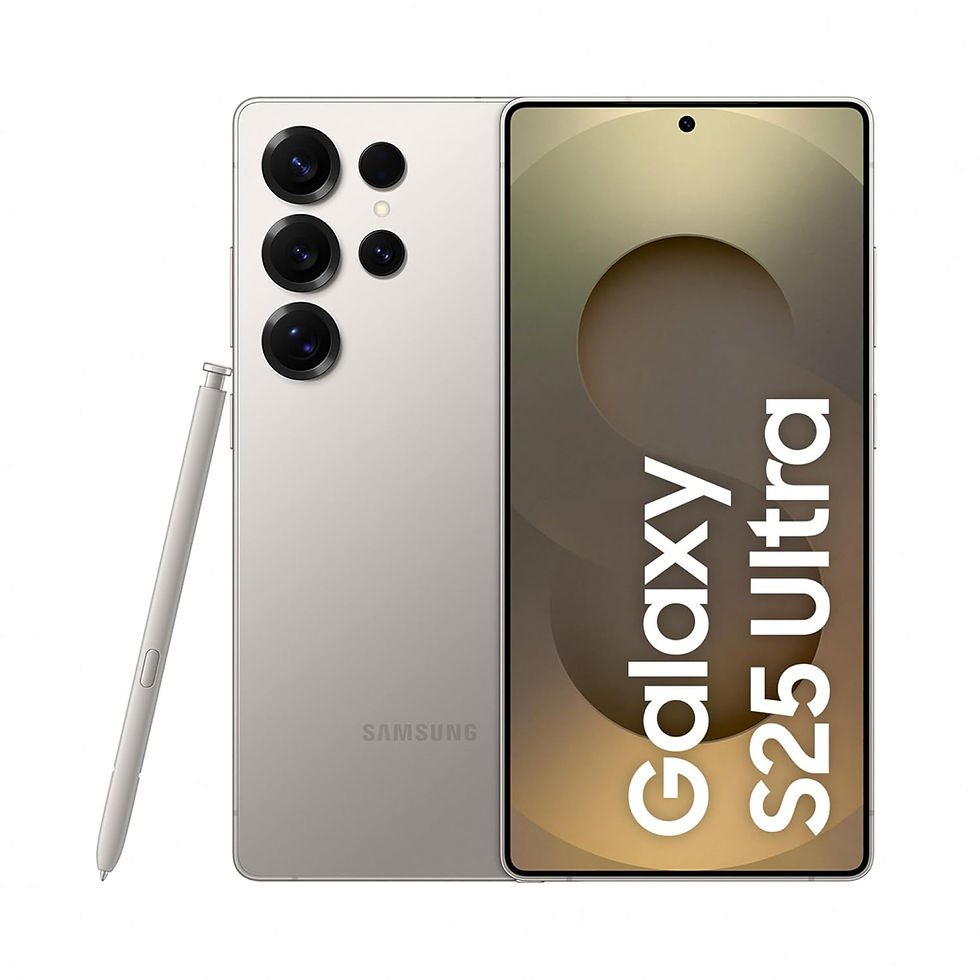The Era of Spatial Computing: How Apple’s Vision Pro Is Redefining Reality
- Diya Shah
- Nov 12
- 3 min read

For decades, we’ve interacted with technology through screens — phones, laptops, and tablets. But that relationship is now evolving. With the rise of spatial computing, led by innovations like Apple’s Vision Pro, the line between the digital and physical worlds is beginning to blur.
Spatial computing isn’t just another tech buzzword — it’s the next evolution of human-computer interaction.
What Is Spatial Computing?
Spatial computing refers to technology that allows digital content to exist and interact within physical space. Instead of looking at a screen, users experience information around them — layered over real-world environments through augmented reality (AR) or mixed reality (MR) devices.
It combines elements of:
Artificial intelligence (AI) – to understand and respond to real-world environments.
Augmented reality (AR) – to overlay digital visuals seamlessly onto the physical world.
3D sensing and tracking – to interpret gestures, motion, and depth in real time.
In short, spatial computing brings computing into the space we live in — turning walls, rooms, and surroundings into an interactive digital canvas.
How Vision Pro Is Changing the Game
Apple’s Vision Pro has become the most talked-about device in this space — and for good reason. It doesn’t present a “virtual escape,” but rather an enhanced version of reality.
With the Vision Pro, you can:
Browse the web, watch films, or work in 3D space — no monitor required.
Use gestures and eye movement instead of keyboards and mice.
Create, edit, and visualize content directly in your physical environment.
What makes it truly revolutionary isn’t just the technology — it’s Apple’s approach to design and experience. Unlike earlier AR or VR headsets that felt bulky and disconnected, the Vision Pro focuses on comfort, clarity, and integration with the Apple ecosystem.
Why Spatial Computing Matters
The implications of spatial computing go far beyond entertainment or gaming. Here’s where it could make the biggest impact:
1. Work and ProductivityImagine your workspace extending infinitely around you — multiple floating screens, data visualizations, and interactive dashboards in 3D space. Meetings could blend physical and virtual participants seamlessly.
2. Education and TrainingStudents could explore the solar system, anatomy, or history in full immersive environments. Complex subjects become tangible and interactive, improving understanding and engagement.
3. Healthcare and MedicineDoctors could visualize scans in 3D, perform remote consultations with spatial depth, or even simulate surgeries before entering the operating room.
4. Design and CreativityArchitects, artists, and engineers can build and iterate in a mixed-reality environment, turning imagination into immersive prototypes faster than ever before.
5. Entertainment and StorytellingMovies, games, and media experiences will shift from being watched to being lived — transforming storytelling forever.
The Challenges Ahead
While the potential is enormous, spatial computing is still in its early stages. Key challenges include:
Accessibility: High hardware costs mean mainstream adoption is still limited.
Comfort and ergonomics: Extended use requires lighter, more natural-feeling devices.
Content creation: Developers must rethink design principles for 3D and interactive environments.
Privacy and ethics: Devices that constantly track spatial data and eye movement must protect user privacy.
These challenges will take time to solve — but they’re not insurmountable. The smartphone faced similar hurdles in its infancy, and we know how that story turned out.
Looking Ahead
Spatial computing isn’t a fad — it’s the foundation of the next digital era. Within a decade, we may no longer think of “screens” the way we do today. Our homes, offices, and even streets could become interactive spaces where digital and physical worlds coexist naturally.
Apple’s Vision Pro is just the first major step in that journey. And as other companies join the race, innovation will accelerate — bringing down costs and expanding possibilities.
The era of spatial computing is here — and it’s redefining not just how we use technology, but how we experience reality itself.



Comments